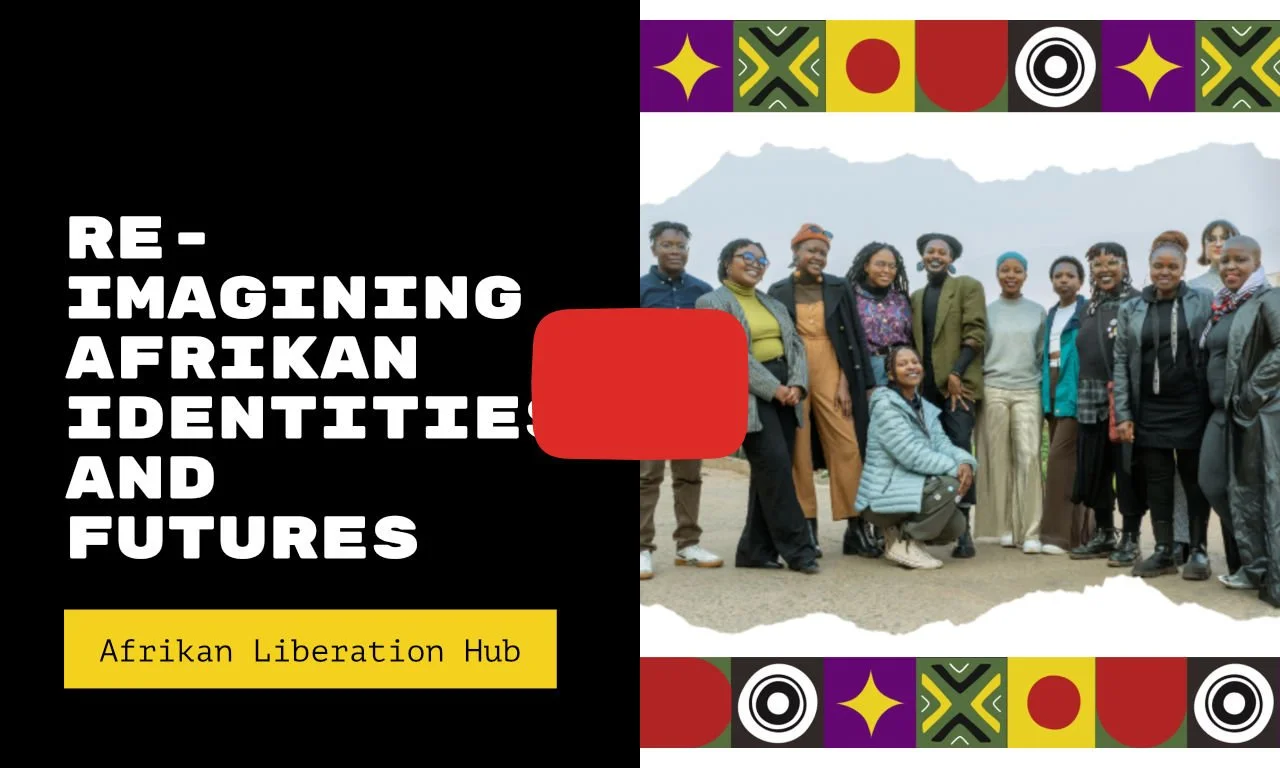It is time to kick-off the participatory visioning process. Here are our tips for making it a success.
During the sessions:
Focus on relationship building and connecting, rather than going into the process as a purely technical exercise.
Don’t rush. Make sure to spend sufficient time at the start of your session to welcome people into the process and make them feel at ease.
Use powerful questions to support participants to identify their vision for the future, rather than focusing only on existing problems or challenges. For example:
What does a thriving community or society look like that meets the basic needs of all people within the means of the planet?
What areas of life are most important for current and future wellbeing?
What kind of [insert the name of your place] do you want to leave for your children and grandchildren? What is the [insert the name of your place] you want for future generations?
As a facilitator, make sure that the conversations focus on a broad definition of wellbeing, considering what matters for personal wellbeing, as well as what matters for community wellbeing, humanity’s wellbeing, and the wellbeing of the natural environment.
Be ready to prompt for potential wellbeing considerations that might be taken for granted or overlooked, for example, the need to not only consider wellbeing here and now, but also impacts on wellbeing elsewhere and what is fair for future generations.
When discussing what matters for wellbeing, ask ‘why?’ follow-up questions to better understand the values that underpin the stated wellbeing priorities.
The Afrikan Liberation Gathering
Watch the inspiring video below from the 2024 Afrikan Liberation Gathering, which brought together Pan-Afrikan activists, thought leaders, creatives, and changemakers from across Southern Afrika and beyond to jointly create a vision for Afrikan liberation and the role of alternative economic paradigms in securing justice for all. Through roundtable discussions, performances, and marketplace activations, the Afrikan Liberation Gathering celebrated Afrika’s diverse cultural heritage, amplified indigenous knowledge, and built community pathways towards a liberated future - rooted in Afrikan values of Ubuntu, collective prosperity, and radical engagement.
Case studies
Looking for more inspiration? Have a browse through the case study examples to see how different governments, at local, regional and national levels, have gone about organising participatory visioning processes on what matters for wellbeing.




